Most people should wear a red light mask for 10 to 20 minutes per session, three to five times a week. Treatment time depends on skin sensitivity and device strength. Devices like the VISO Mask deliver a consistent therapeutic dose in around 20 minutes.
Red light therapy rewards the people who stick with it. Whether the goal is to fade redness, support collagen, or smooth out texture, the way you use your device matters as much as the device itself. This includes how long you wear it, how often, and what kind of light it emits.
Not all masks are designed equally. Some barely penetrate the surface, while others reach deeper into skin tissue with clinically relevant energy. The VISO Mask is built with 660 nm red light and a tight, even layout to prevent dead zones across the cheeks and jaw. If you’re running a clinical setup or spa routine, the Illuminate Red Panel pushes energy deeper and faster with 6 mm LED spacing and 5 J/cm² in 5 minutes.
The next few sections break down the timing recommendations by skin goal, device type, and session intensity. Keep reading to find the rhythm that works for your face and schedule.
How Long Should You Wear a Red Light Mask?

General Timing Guidelines
Red light masks work best with sessions lasting between 10 and 20 minutes. Three to five sessions a week builds up enough energy over time to support changes in tone, texture, and hydration. Longer sessions don’t always mean better outcomes, especially with low-power masks that stretch exposure without delivering therapeutic energy.
If you’re new to LED therapy, start with 10-minute sessions and increase only if your skin feels comfortable. Redness, tightness, or dryness after treatment can signal that the exposure window needs to be adjusted.
Powerful masks like the VISO Mask are designed to deliver clinically meaningful energy in shorter periods. Low-irradiance masks from drugstores or influencer brands often require 30 minutes or more to reach the same effect, and that assumes even light distribution, which most don’t offer.
Why Time Matters in Red Light Therapy
Red light therapy is powered by cumulative energy, not how long the mask sits on your face. The real factor is the dose your skin receives, measured in J/cm². This is calculated based on irradiance (mW/cm²) and session length.
Wearing a low-output mask for 40 minutes may feel productive, but without enough power or uniform coverage, the energy never builds to the point where cells respond.
Matching Timing to Your Skin Type and Goals

Anti-Aging & Wrinkles
When targeting fine lines or collagen loss, session timing works best in the 15–20 minute range, repeated at least three times per week. This schedule supports long-term changes to elasticity without stressing the skin barrier.
In a clinical trial evaluating twice-weekly treatments using a red and near-infrared LED device, participants began seeing measurable improvements in elasticity and skin texture within six to eight weeks. The trial used 637 nm and 854 nm wavelengths, both common in high-performance home-use setups, and reported no pain or side effects.
Masks that emit red light around 660 nm, like the VISO Mask, are ideal for this type of daily-use regimen. A tight LED layout prevents missed spots around the eyes, nose, and cheeks, where fine lines tend to collect.
Redness, Rosacea, and Sensitivity
Red light therapy has a calming effect on skin prone to redness or flare-ups, but session length needs to stay conservative. Begin with 5–10 minute treatments, two to three times per week. Shorter sessions give skin enough energy to respond without triggering inflammation.
Look for a mask that offers stable output with minimal heat. Some mass-market devices fluctuate in power, which can overstimulate the skin and offset the benefits. The VISO Mask is a consistent option for this use case thanks to its balanced coverage and fixed red-only wavelength. If you’re pairing it with actives like azelaic acid or niacinamide, leave a few hours between treatment and application.
Acne Management
For skin with persistent breakouts or hormonal acne, the typical red light treatment schedule ranges from 15 to 20 minutes, three times a week. Red light at 660 nm helps support cell turnover and modulate oil production, but results build over time.
To speed things up, consider rotating in a dedicated Blue Light Therapy Panel two or three times per week; blue light targets acne-causing bacteria while red light supports healing and inflammation reduction.
Masks with patchy coverage often leave untreated zones along the jawline or around the nose, which slows improvement. Uniform energy delivery is key, and the VISO Mask handles those curves with ease.
Science-Backed Timing for Facial Rejuvenation
Photo Source -> Photobiomodulation, Underlying Mechanism and Clinical Applications
What the Research Says
In a clinical pilot trial published in the Journal of Cosmetic Dermatology, participants used a dual-wavelength home LED device twice per week for eight weeks. The protocol targeted both surface-level rejuvenation and deeper tissue support. Subjects showed improved skin elasticity by week six, and the study noted better hydration, smoother texture, and visible softening of wrinkles with no reported discomfort.
This aligns closely with the wavelengths used in Lumara devices. The VISO Mask runs at 660 nm, well within the collagen-stimulating range. For deeper tissue applications like post-procedure recovery or muscle tension in the face or neck, the Lumara Pad offers multi-wavelength flexibility with 635, 830, and 940 nm options.
Are You Seeing Results Yet?
Red light therapy is cumulative. The first few sessions prime your skin; what happens after that depends on consistency and dosing. Early changes usually show up as a shift in texture. Skin feels smoother, less reactive, and holds moisture better throughout the day. This usually happens by week two or three with steady use.
In a split-face study using red and near-infrared LED light at 637 and 854 nm, measurable improvements in elasticity appeared after six weeks. Participants used their device twice a week for 20 minutes. Many also reported softer wrinkles and better hydration during follow-ups.
That kind of result doesn’t come from chasing immediate transformation; it comes from staying on track with the schedule and using a device that actually delivers clinical-grade energy. The VISO Mask mirrors the same red-light wavelength used in that study and provides reliable power in every treatment.
Signs It’s Working
If you’re using a mask like VISO three to five times a week for 15–20 minutes, here’s what typically shows up first:
- Fine lines begin to soften (not vanish, but soften)
- Post-acne marks or discoloration fade more predictably
- Overall tone looks clearer, especially around high-movement zones like the mouth and forehead
Stick with the same routine for at least eight weeks before judging results. Jumping between products or skipping treatments short-circuits progress.
When to Stop Extending Sessions (and Start Upgrading Gear)
Longer Isn’t Always Better
Running your mask for 40 minutes doesn’t double the results. Light has a biphasic dose-response curve: too little, and it won’t work; too much, and benefits level off or even decline. Piling on extra minutes can cause skin fatigue, headaches, or mild irritation, especially with low-powered masks that lure users into marathon sessions to compensate for poor specs.
Instead of maxing out session times, look at your device. If it takes over 30 minutes to feel any difference, you’re probably underdosing. That’s a signal to upgrade, not stretch the timeline.
Why Better Hardware Saves Time
The Illuminate Red Panel reaches a full-body dose in five minutes. It hits 5 J/cm² fast, with no “leopard spots” or uneven light gaps thanks to its 6 mm LED spacing. Coverage is uniform. Results are predictable.
For targeted areas like jawlines, shoulders, or post-workout recovery, the Lumara Pad delivers red and near-infrared light that penetrates deeper tissue without guesswork. You’ll know when your tool is working, because you won’t need to keep adding time.
Upgrading gear isn’t about vanity. It’s about efficiency. Faster sessions mean tighter routines and better long-term adherence. That’s what makes red light therapy sustainable.
Glow With Lumara

You don’t need to guess how long to wear a red light mask when your schedule, your device, and your goals are in sync. The data is clear: twice-weekly use at 15–20 minutes per session produced measurable changes in skin texture, tone, and elasticity in controlled trials using red and near-infrared light. What matters is how consistent the dosing is, not how long you sit under the glow.
If you’re starting from scratch, the VISO Mask takes the guesswork out. It delivers steady, therapeutic red light exactly where your skin needs it, no patchiness, no wasted time. For users who want faster, deeper treatments, the Illuminate Red Panel and the Lumara Pad allow you to customize dosing without dragging out your routine.
Track energy, not minutes. Aim for rhythm, not repetition. If you’re willing to stay consistent, your skin knows exactly what to do.
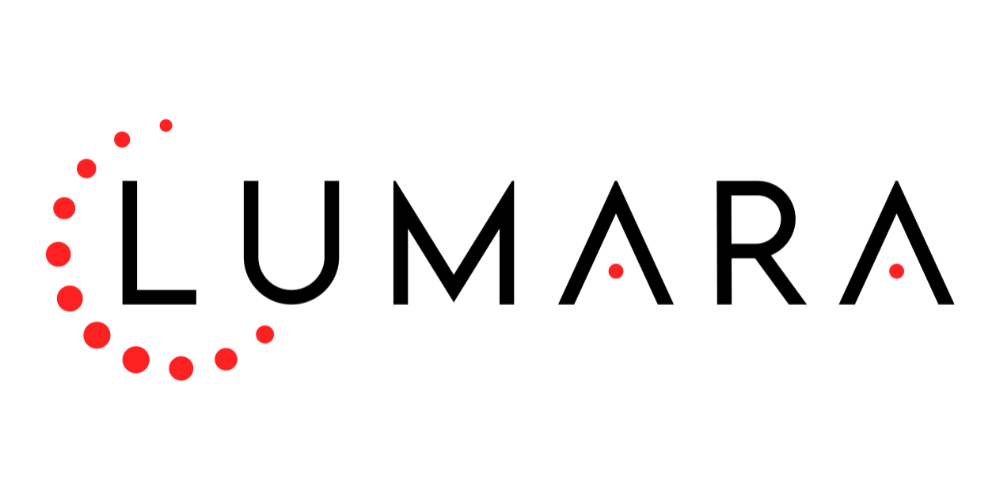
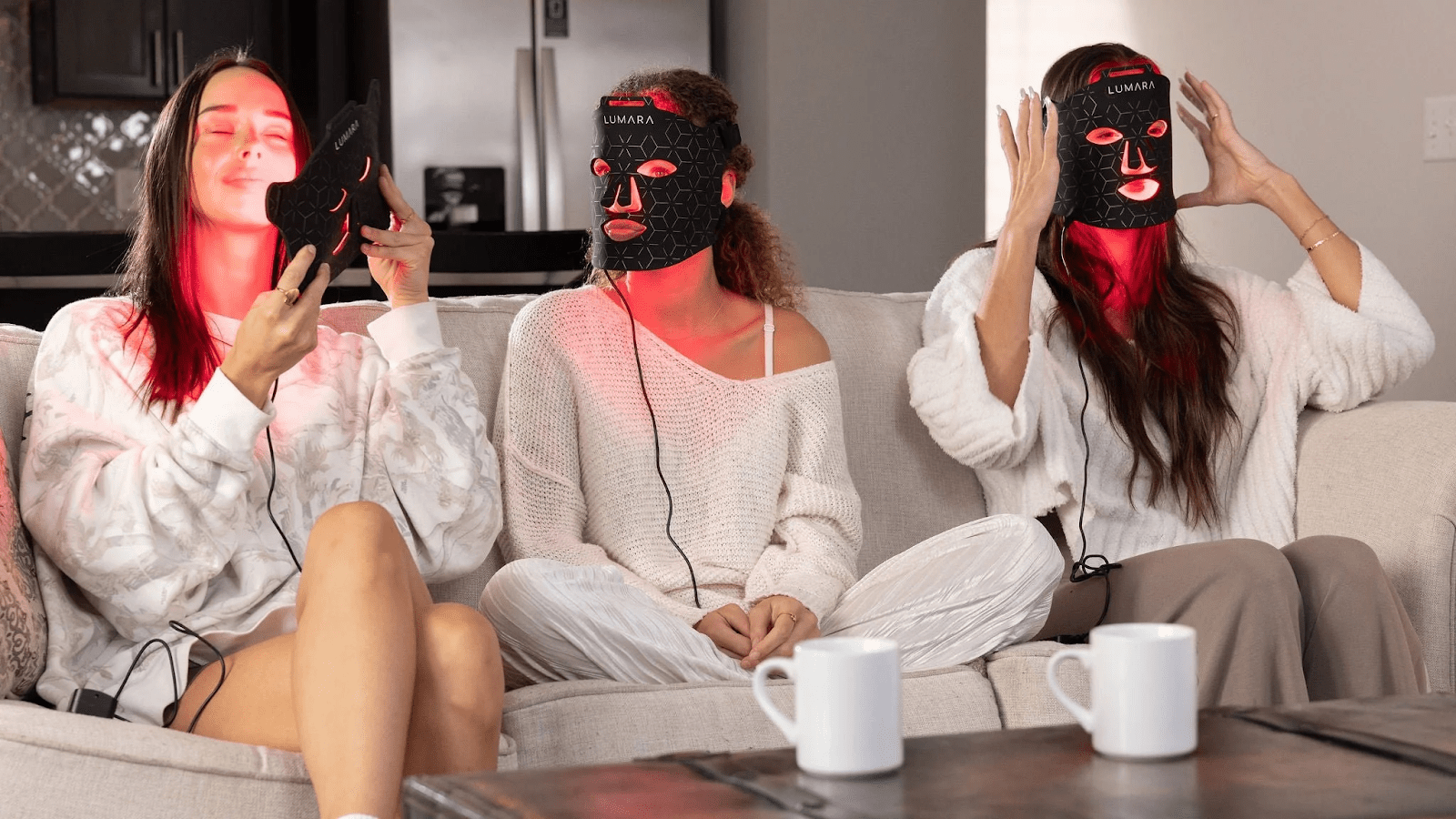

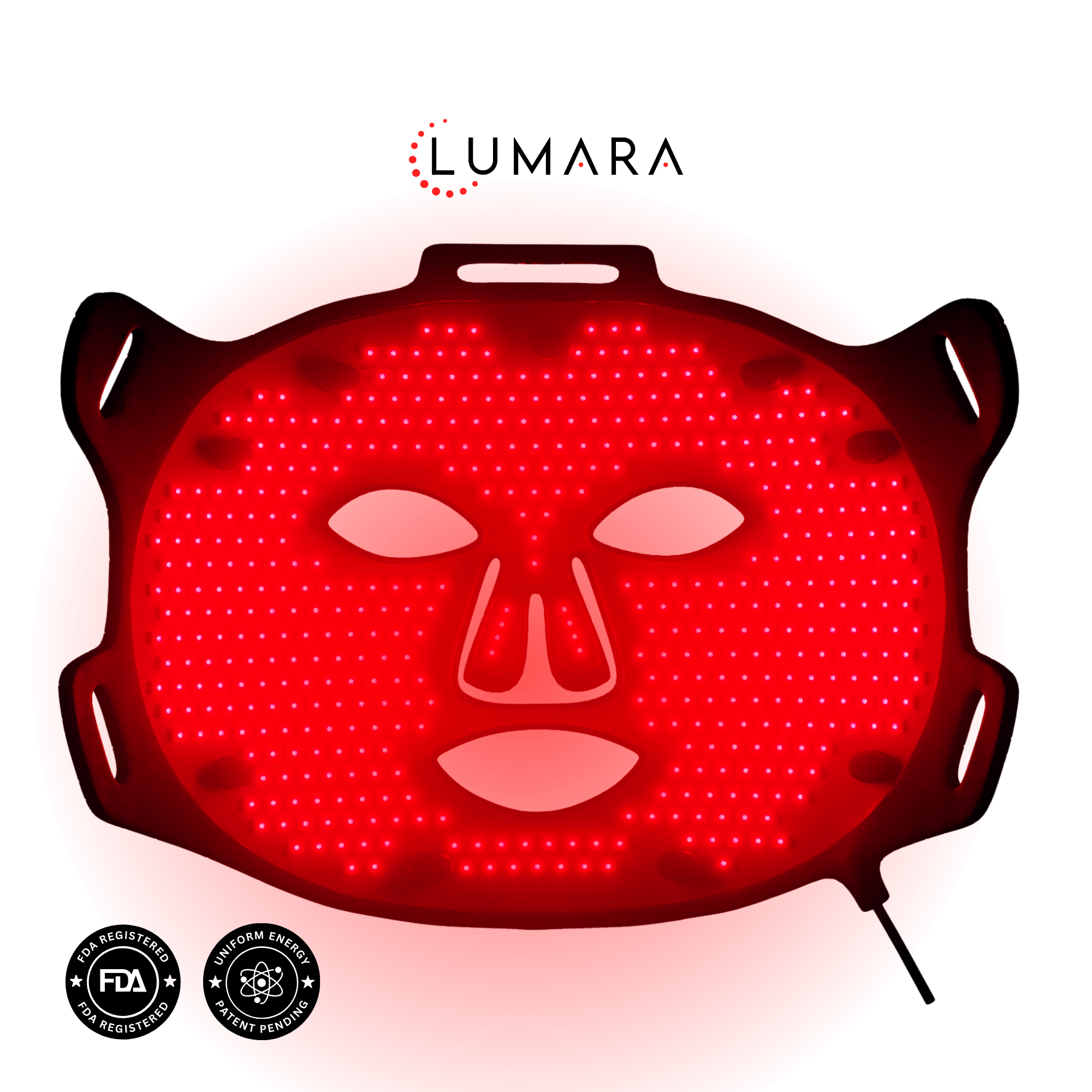

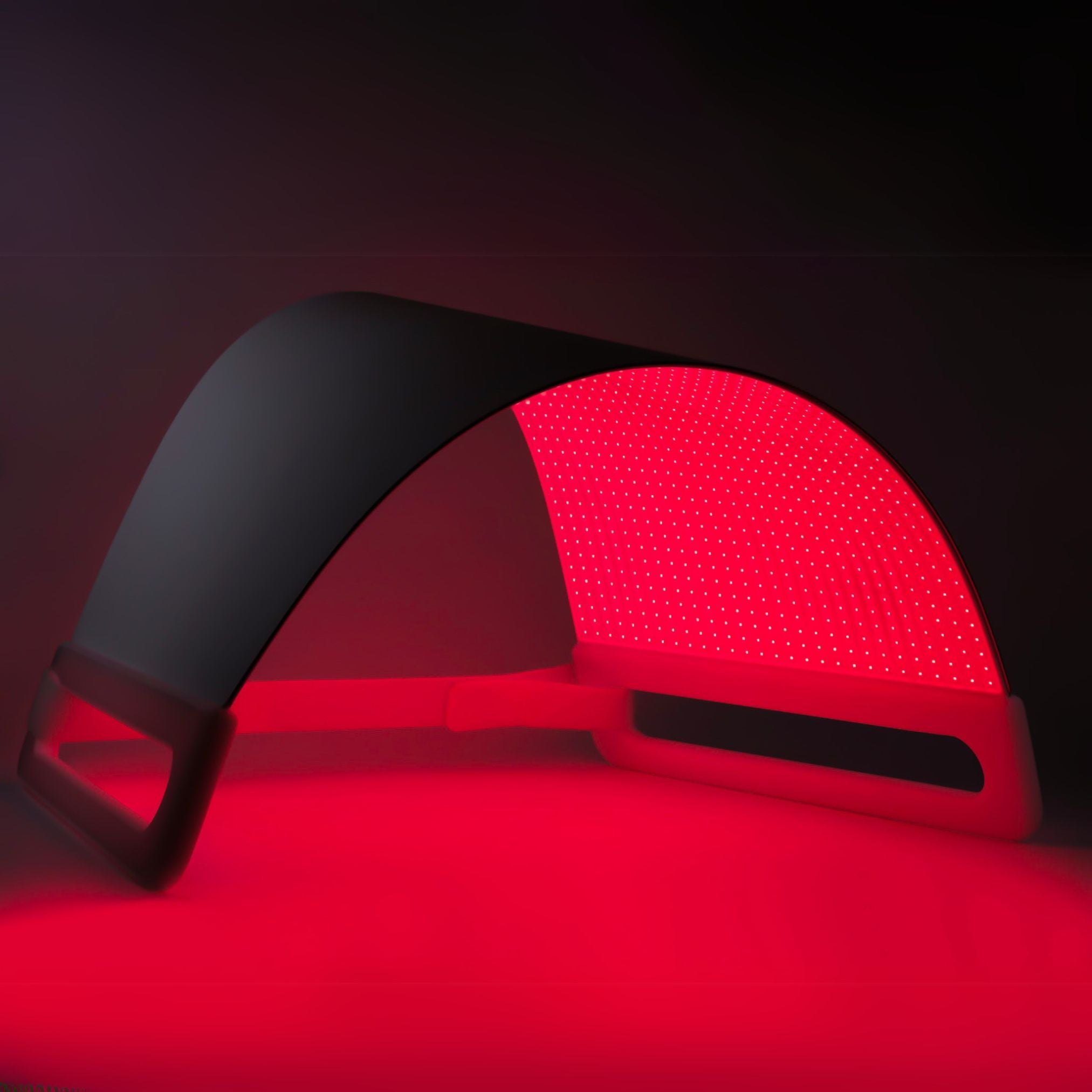
Share:
Can Red Light Therapy Burn Your Skin? What to Know
Red Light Therapy Device: Dose and Distance